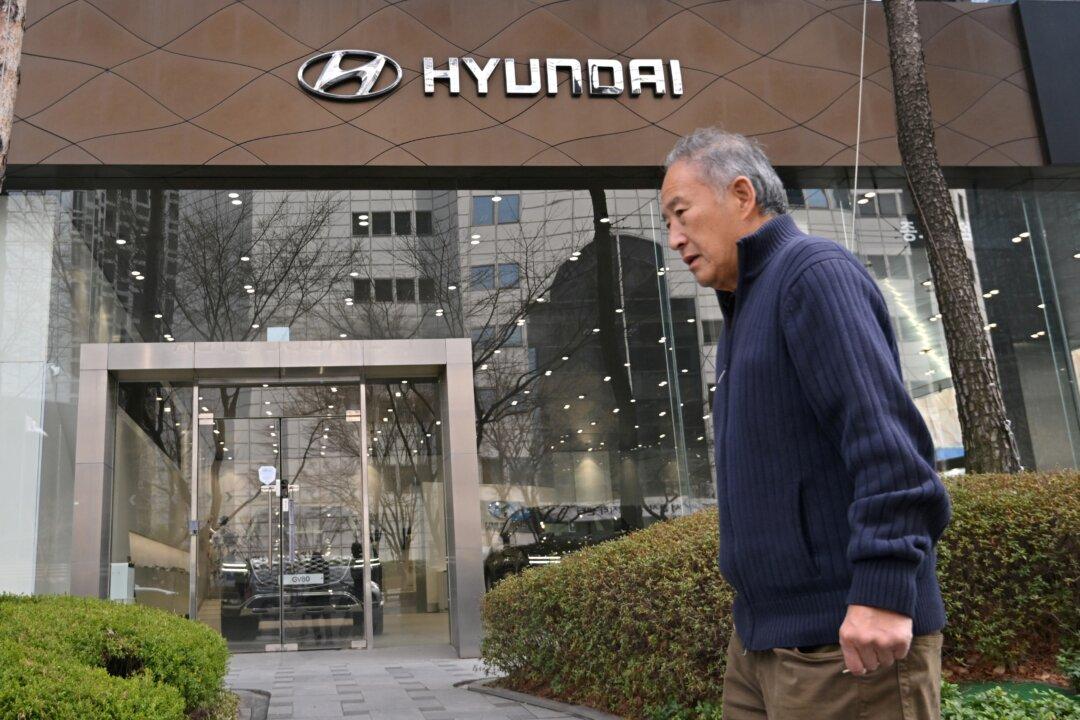NEW YORK—Labor shortages may be the most intractable of the cost risks that companies faced in the latest quarter, and as the earnings season moves into its peak there are signs the problem will persist, some strategists say.
Finding and paying for workers is a challenge investors are paying close attention to as third-quarter results come in, with supply bottlenecks and high energy and other commodity prices among other key risks for companies.
Warnings have come already from companies in several industries, including healthcare, with hospital operator HCA Healthcare Inc. saying higher labor costs seen in the third quarter could stick around longer because of a shortage of workers.
Domino’s Pizza cited a shortage of drivers as it reported recently a rare fall in sales, and FedEx Corp. also cited higher labor costs in September when it cut its full-year forecast.
The coming weeks, which bring results from the bulk of S&P 500 companies, should give investors more clues on how long labor pressures could persist.
“We’re going to see it come up in the next couple of quarters as we try to continue to reopen,” said Mace McCain, chief investment officer at Frost Investment Advisors. “The reopening was delayed by the Delta variant, so we haven’t seen the full impact of the labor shortage yet.”
Goldman Sachs strategists wrote in a research note ahead of this week that there have been some “tentative signs of improvement from supply chain data and commodity prices,” while labor market tightness could be a challenge “for many companies for years.”
“Our economists expect COVID-related pressure on labor market supply will ease in coming months but forecast a U.S. unemployment rate of 3.5 percent by the end of 2022, meaning companies will continue to face many of the labor market challenges they face today,” they wrote.
Among stocks within the leisure and hospitality industry, low-labor-cost names have outperformed high-labor-cost peers for months, the Goldman strategists said, noting that in the broader market, “the most asset- and labor-efficient firms have outperformed peers in recent years and in recent weeks.”
Recent economic data has underscored the tightening labor market trend. The latest data showed the number of Americans filing new claims for unemployment benefits dropped to a 19-month low in the week ended Oct. 16, marking a second straight week that claims remained below 300,000 as employers hold on to workers amid an acute labor shortage.
Companies managed to keep profit margins at record levels in the second quarter, but rising costs have sparked some concern among investors.
So far this reporting period, stronger-than-expected earnings have raised the year-over-year profit growth forecast for S&P 500 companies to 34.8 percent, up from about 30 percent at the start of the month, according to IBES data from Refinitiv.
To be sure, a labor shortage is good news for people out of work and looking for a job. And there are several signs that suggest the labor shortage may be temporary, Thomas Lee, managing partner and head of research at Fundstrat Global Advisors, wrote in a recent note.
“Labor usage is actually 4.9 million lower now than pre-COVID-19,” he wrote. “Has the economy permanently changed during COVID-19 that somehow fewer people working means a tighter labor market? Nope.”
Paul Nolte, portfolio manager at Kingsview Investment Management in Chicago, said labor shortages seem to be more of a problem for some industries than others.
“Customer-facing businesses” that were forced to close during the pandemic lockdowns are having a hard time filling jobs and getting back up to speed, he said, while “manufacturers never quite completely shut down.”





